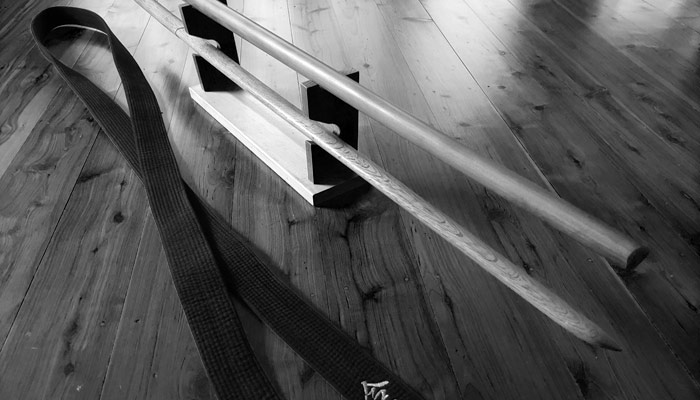-
Bokuto or Bokken: The Difference and Historical Significance of “To” and “Ken” in Japanese Martial Arts
Bokuto 木刀 and bokken 木剣 are often used interchangeably (both being translated as “wooden sword”). However, “To” 刀 and “Ken” 剣 are different. First of all, the two kanji characters are not native Japanese words, but came from China. Therefore, the difference between them is better understood from the Chinese perspective. A 刀 is a single-edged weapon with a blade on only one side, primarily used for cutting, and often has a curved shape. On the other hand, a 剣 is a straight, double-edged weapon with blades on both sides and primarily used for piercing. Historically speaking, the use of 刀剣 (as a comprehensive term) in China can be traced…
